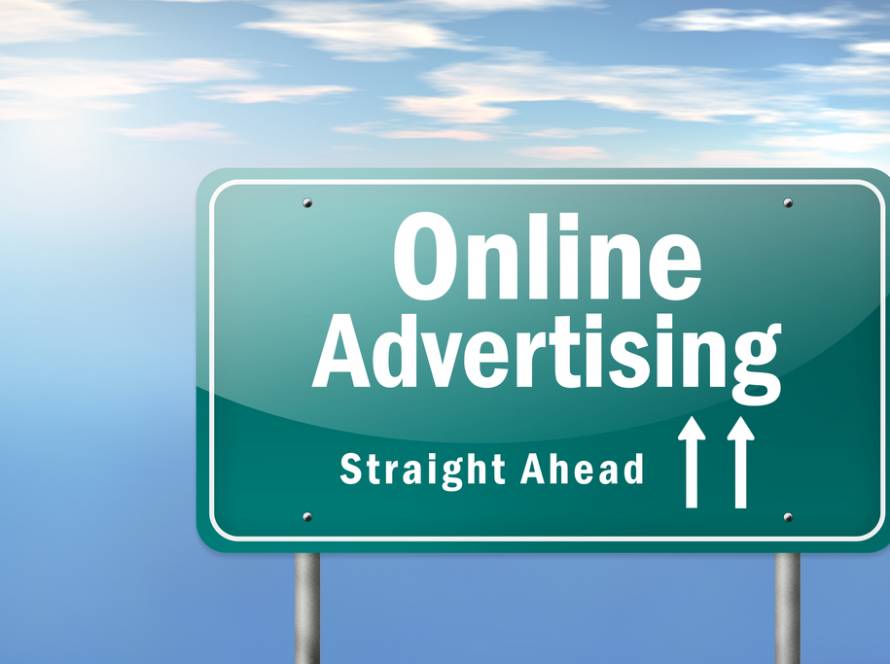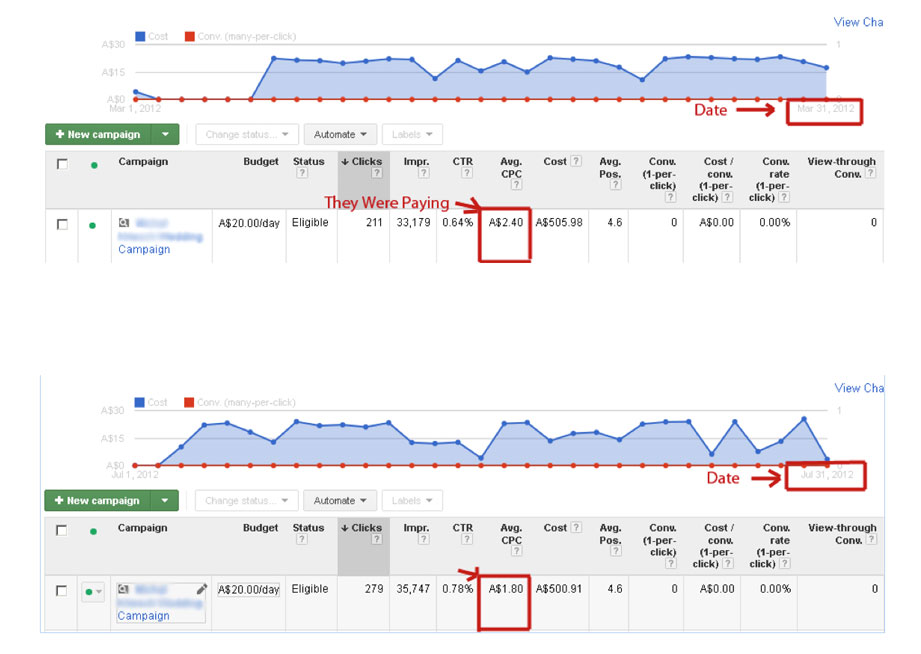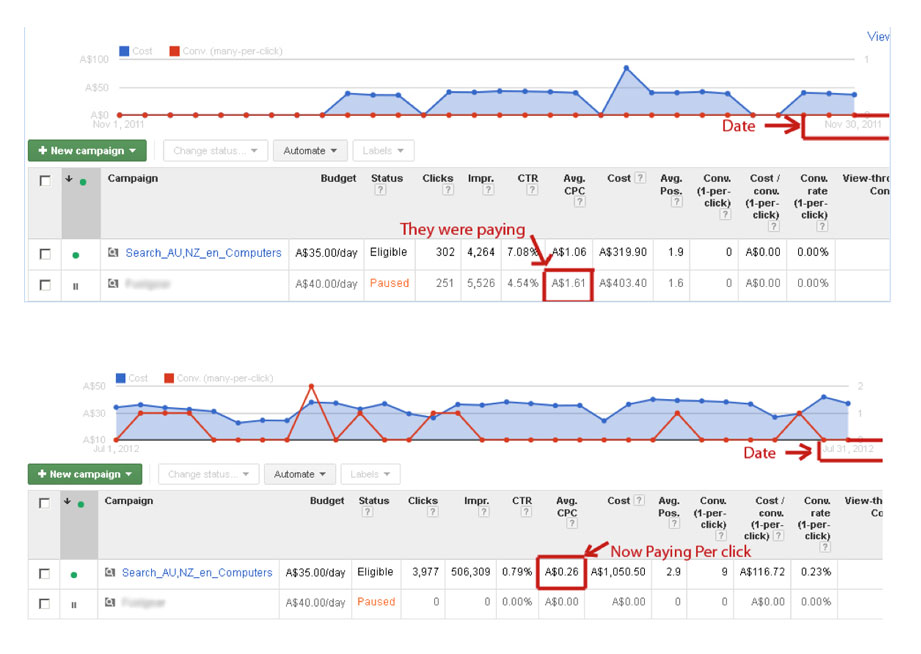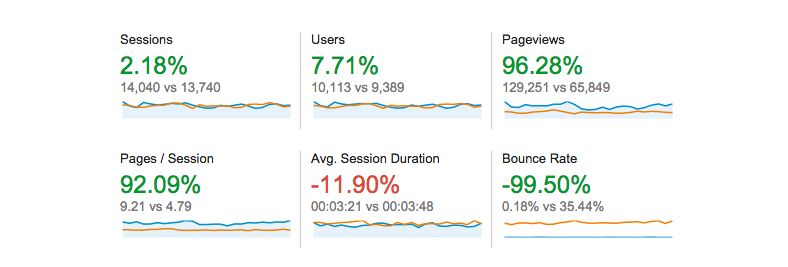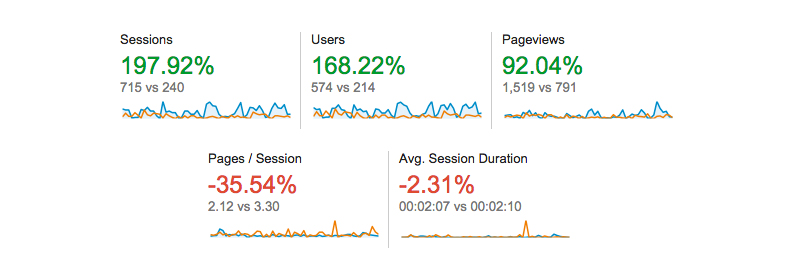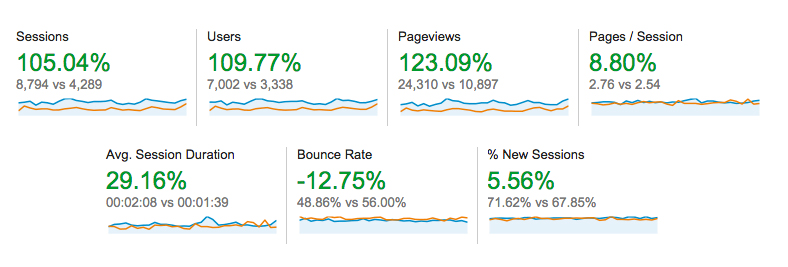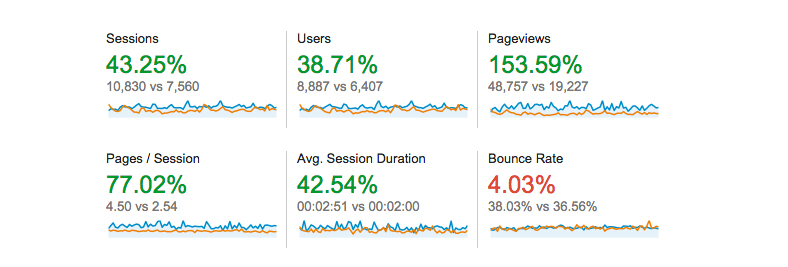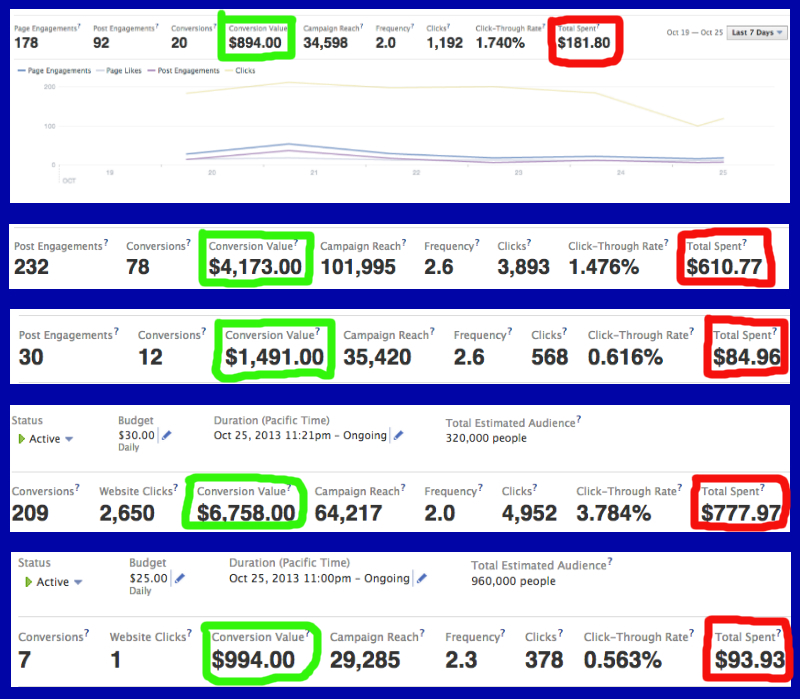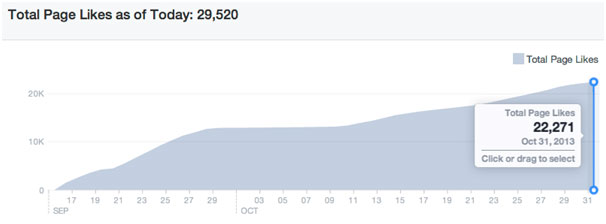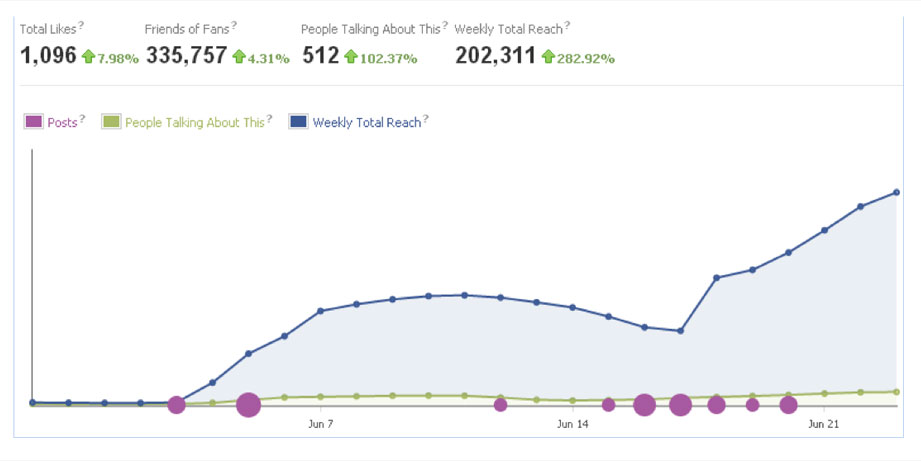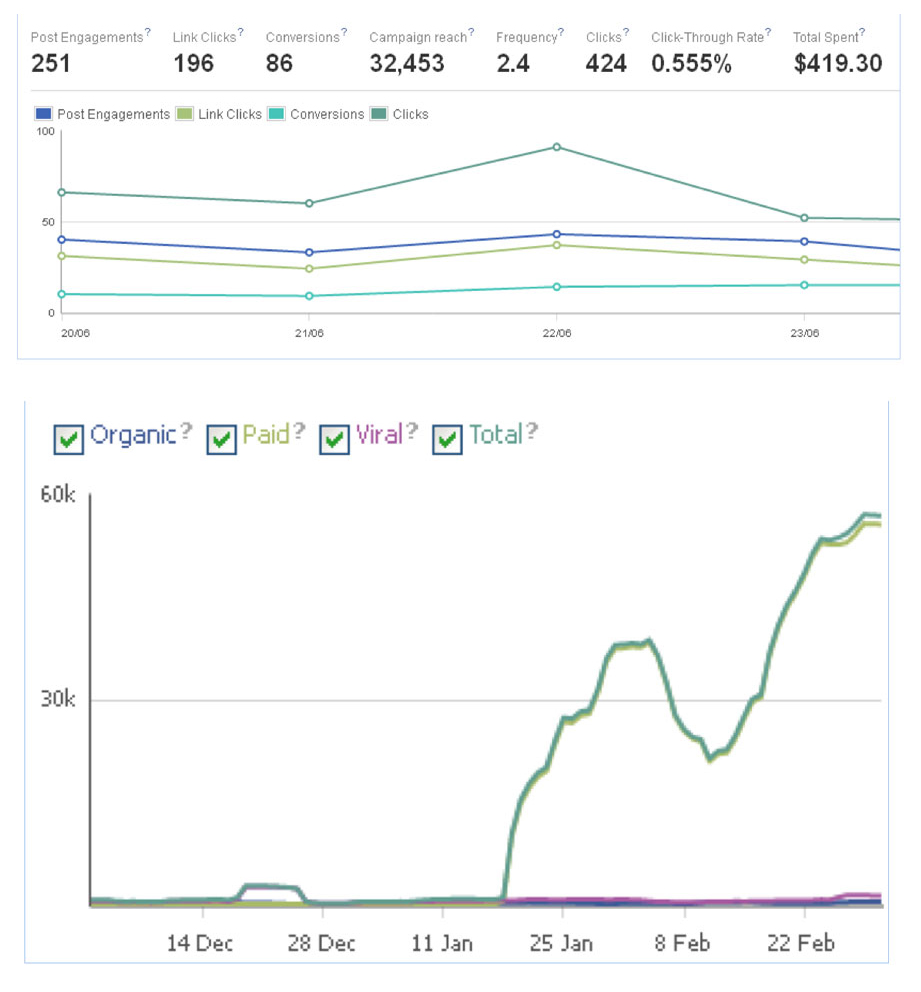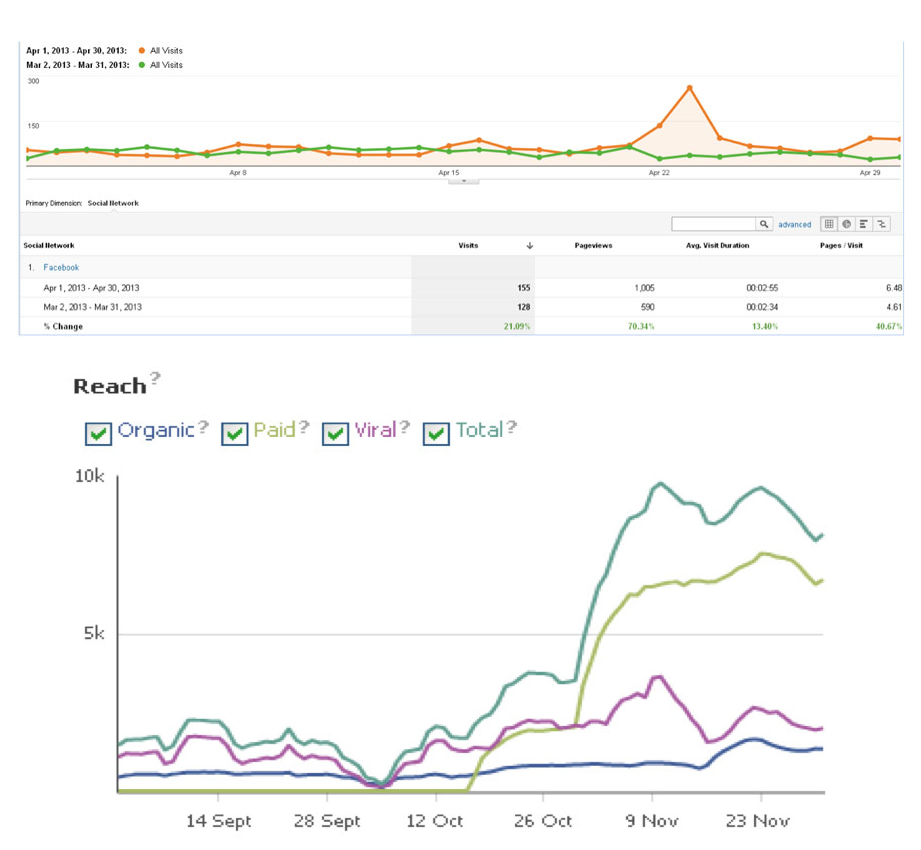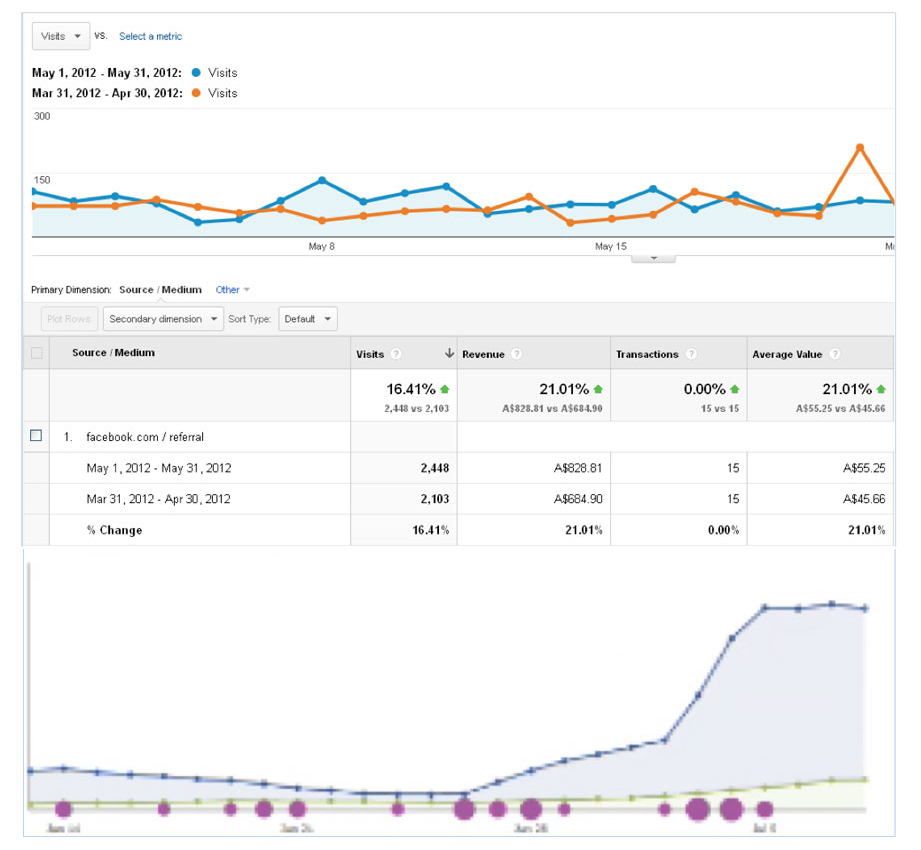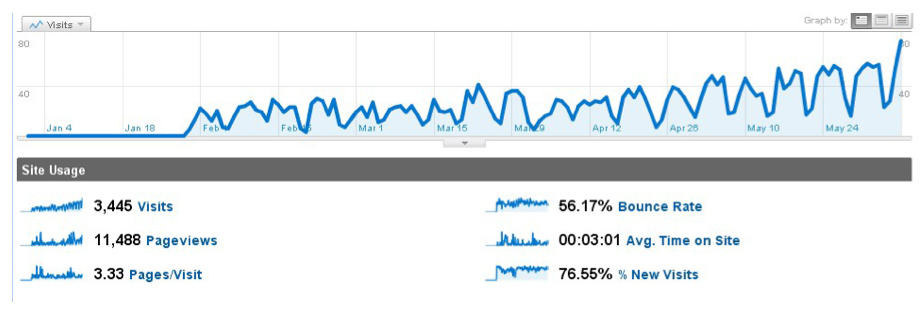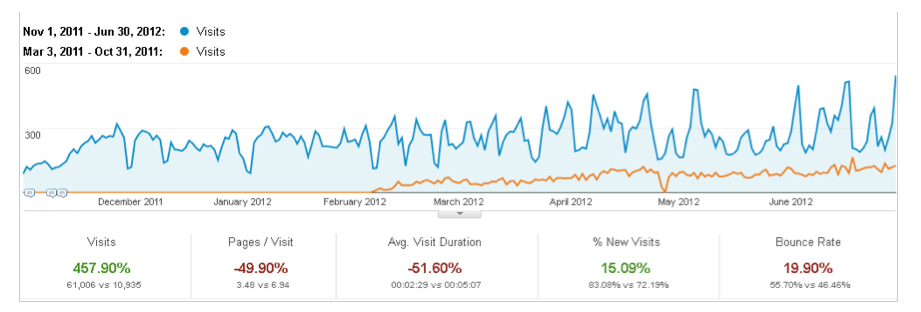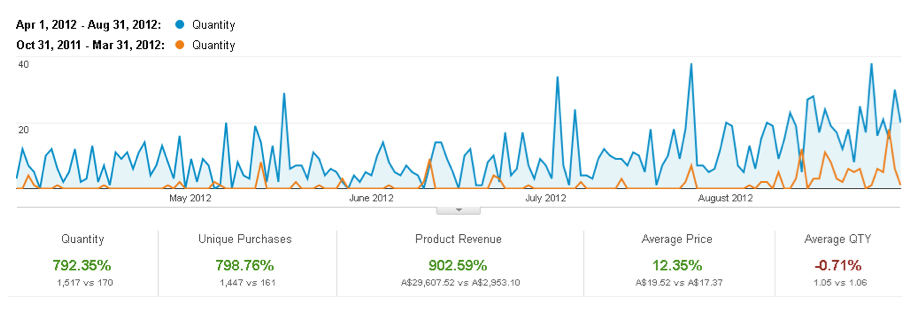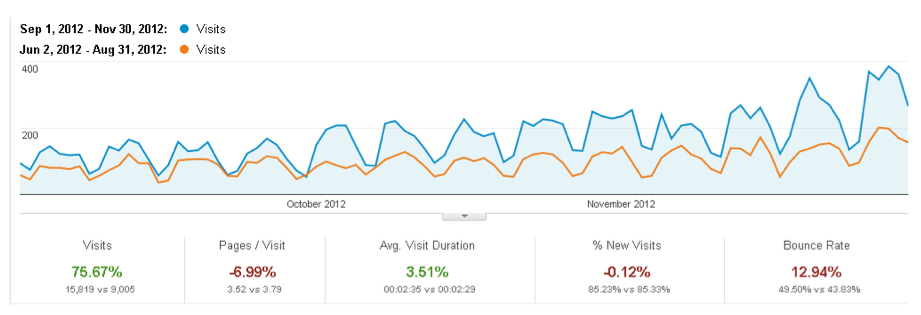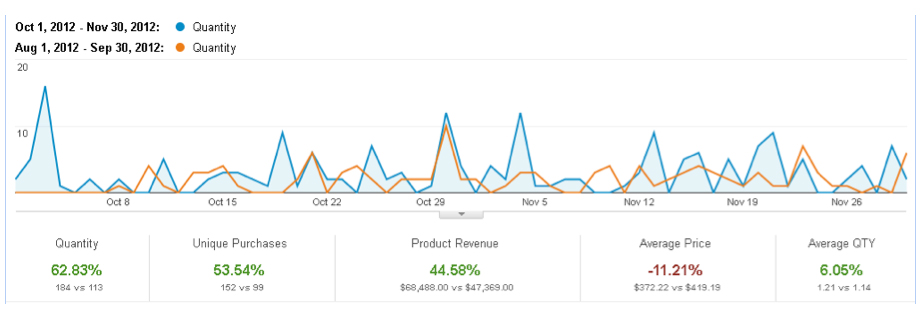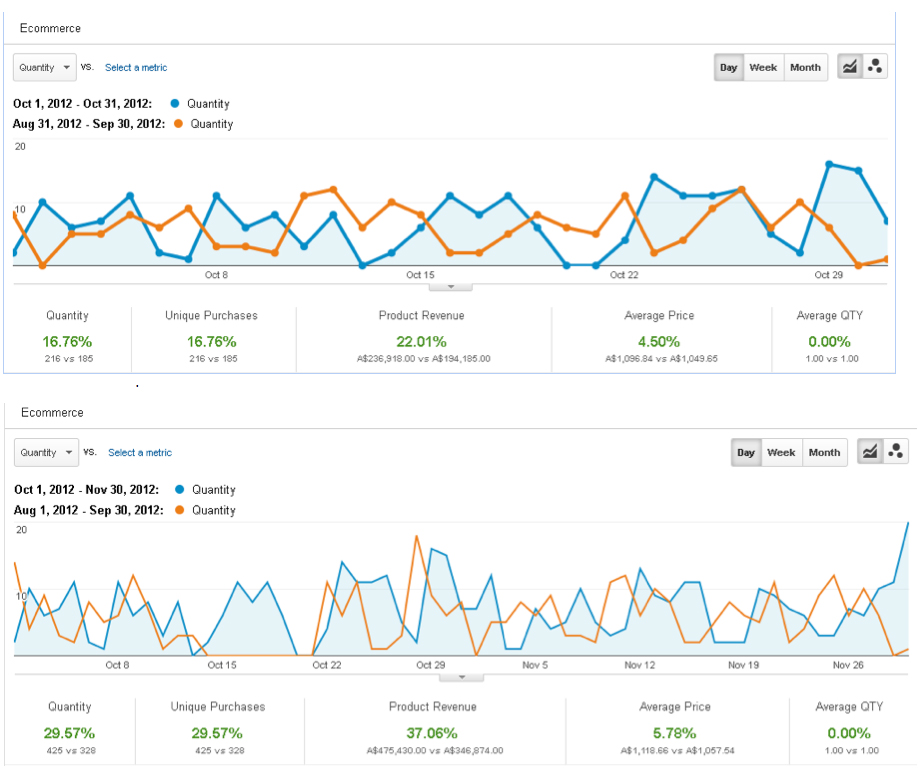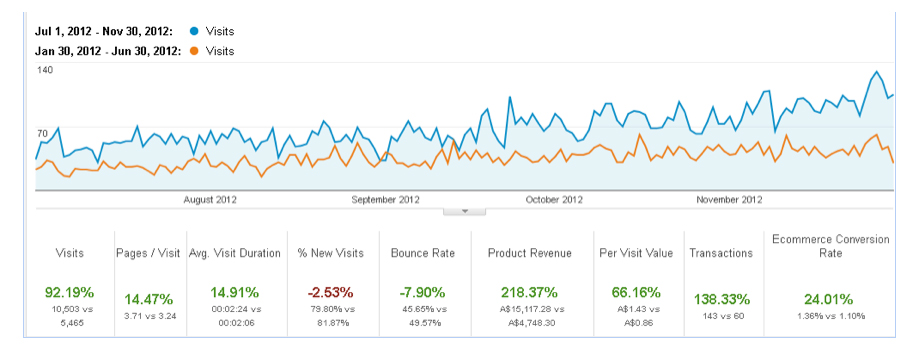Defining your target market
Welcome to the second part of defining your target market:
- What are their values in life? Do they value making money? Do they value the environment? Do they value popularity and status? Do they value family most? Do they love just living in the moment and having fun, is that what’s most important to them? Do they value their health and look after themselves? How much time and money do they spend or devote on each of these areas?
- Are they a follower or a leader? Can they make decisions on their own or do they need to consult with someone else? If you are selling business to business, are you selling to someone within an organization or are you selling to the boss of the organization?
- What opinions do they have about the world? What political opinions do they have? What social opinions or economic opinions do they have?
- Is your market growing or shrinking? Why is it growing or shrinking? Is there more competition coming into the market or competition leaving the market? Why is this happening?
- Next we got product or service and this is based around your existing clients if you already got a business. It’s one of the best places to start and just start profiling your existing clients and if you don’t have a business, profile your competition’s clients. What’s the end result someone would get from using your product or service? We touched on this a little bit before. What’s the end result if someone purchases an anti-wrinkle cream you might think that yes they buy the wrinkle cream so they have no wrinkles but what’s the end goal? The end goal might be so that they can look younger for a lot longer. The end goal is not to get wrinkles; the end goal is to look and feel younger.
- What products or services have your existing customers already purchased or if you don’t have the business yet, what products or services people are already buying from your competition? Which ones do they buy more often and why? Which ones appear to be more profitable for your competition?
- Where do they shop? Do they shop online? Do they shop at their local stores? Are they prepared to travel an hour to buy whatever? Do you run mail order? Do people buy more through the mail than they do on the internet?
- What do people in the market hate? If its pizza delivery – people hate a cold pizza being delivered. So you can specifically target in your marketing about how your pizzas always arrive hot.
- What do people love in the market? Do people love the fact that they get free shipping? Do people love the fact that you offer a specific type of guarantee? What is most important to people in your market? Is it convenience? Is it price? What’s the outcome? Are they very results driven and they just care about the end result? They don’t care about the price so much, they don’t care if it’s convenient or not and they don’t care about what they look like they just care on the outcome. Are they fashion conscious? Does it need to fit in to their look and style? Do they just care about the quality of the product and they don’t care so much about the price or the convenience or do they care about speed? Is your market a want it got to have it now type of market?
- When do they buy? Do they buy at a particular time of the day, particular time of the week or the year? Is the market seasonal and do people buy more in winter or more in summer? This is very important to know when to market to people. If you are selling snow gear, you don’t want to be pushing your marketing after the snow season. You want to be pushing your marketing in the lead of the snow season and during it because that’s when it’s going to be most profitable. That’s when you get the most fish to bite and you are going to get the biggest returns on your marketing investment.
- How big is the market? Is the market too big or too small? With the example of snow gear – if you have to stock a massive range and need to have millions of dollars worth of stock in order to be able to service the needs, you might want to narrow it down. You might want to make it, instead of having skis and snowboards and snow mobiles and all the other stuff, you might just want to focus on skis and you just might want to focus on skis for kids. I mean you can be a specialist and you still have a wide enough audience to be very profitable but the main point is we don’t want to have too big a market that you are going to create problems for yourself. Also keep in mind here that it’s a lot easier to be a big fish in a small pond than it is to be a small fish in a big pond. It’s a lot easier to get noticed and hold a dominant market position if you are a big fish in a small pond.
- Okay so this is the existing clients section. So know who you are selling to and drop a clear profile of them. Who is the competition selling to? Who spends the most money with you or who spends the most money with your competition? Who spends the least? Obviously you don’t want to be marketing to the people that spend the least money with you. You want to spend all your marketing efforts on the people that spend the most with you.
- Who is the easiest to deal with? Of course you want to focus more on those people. If you find that people are very money-conscious and they are not looking for actual value, they are just looking for the cheapest things to get them by. You might find that those people are more difficult to deal with and so you don’t want to target those with your marketing. You might find the people that want a money-back guarantee are going to the biggest pain in the butt and so you don’t want to target them with your marketing.
- Why do they buy? Ask them, it’s as simple as doing a quick survey of your existing clients or if you are a little bit sneaky, go and survey your competition’s clients and find out why they bought. Once you can answer all those questions about existing clients you can then very quickly and easily run a profile on them put together and then you can target all of your marketing to your top clients and go and get more of those best clients.
Defining your target market – help get this information out
 Now we certainly covered a heap here but we’re going to make this pdf available for you to download. Just click the link below and then you can go and download the pfd just as a reminder or if you don’t want to go through the whole video. If you found this useful please subscribe to our channel. Like this and share the video and help get this information out there to help many business owners.
Now we certainly covered a heap here but we’re going to make this pdf available for you to download. Just click the link below and then you can go and download the pfd just as a reminder or if you don’t want to go through the whole video. If you found this useful please subscribe to our channel. Like this and share the video and help get this information out there to help many business owners.



